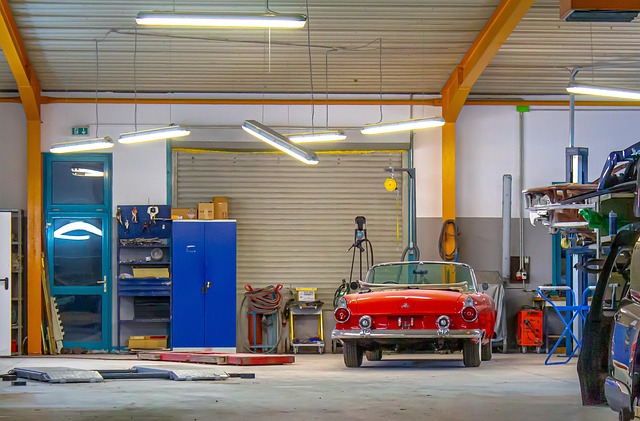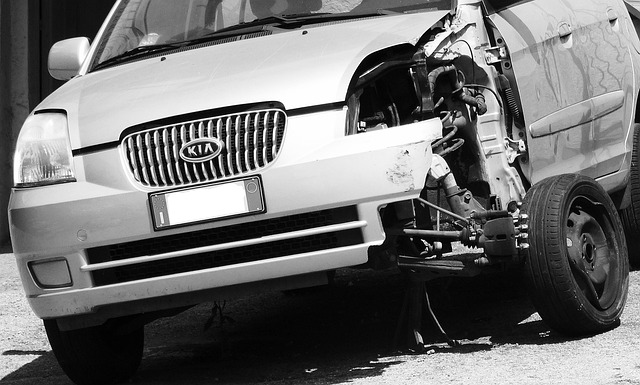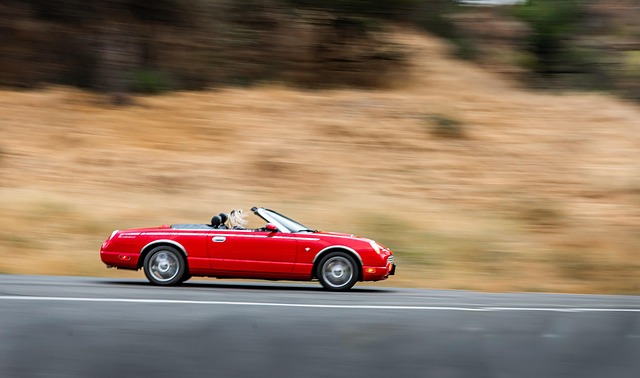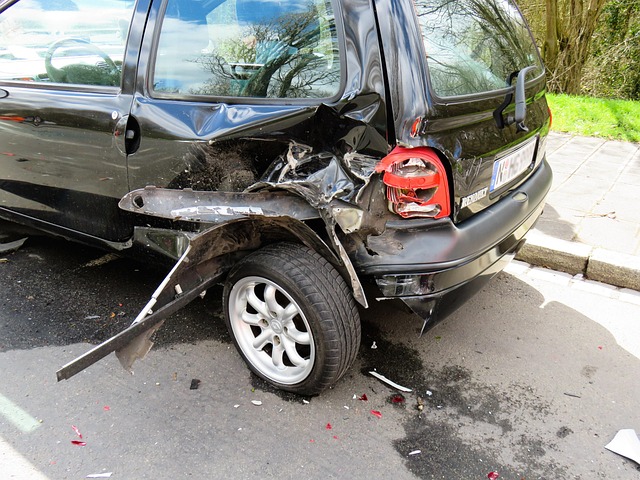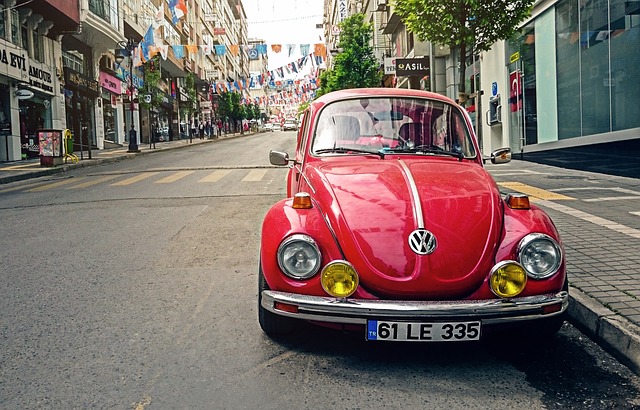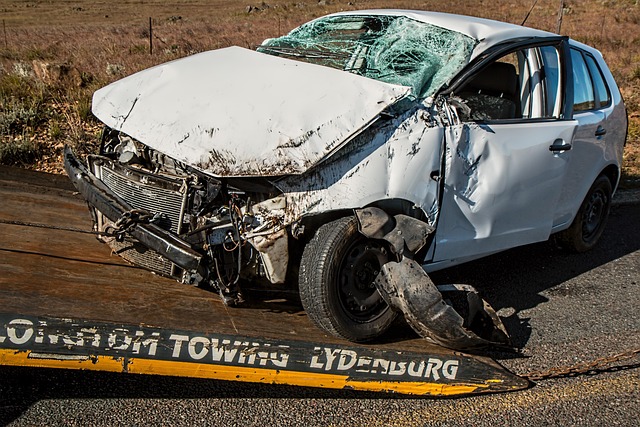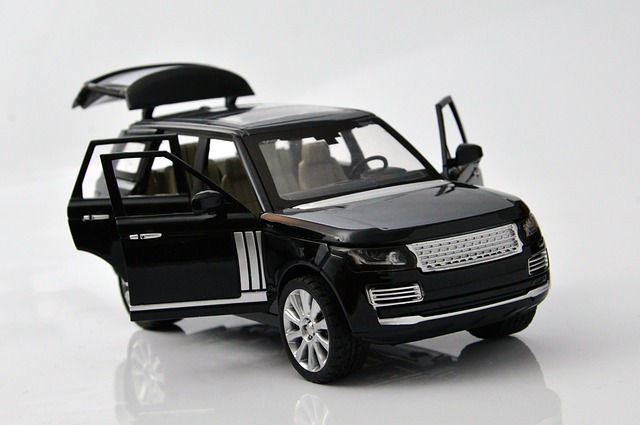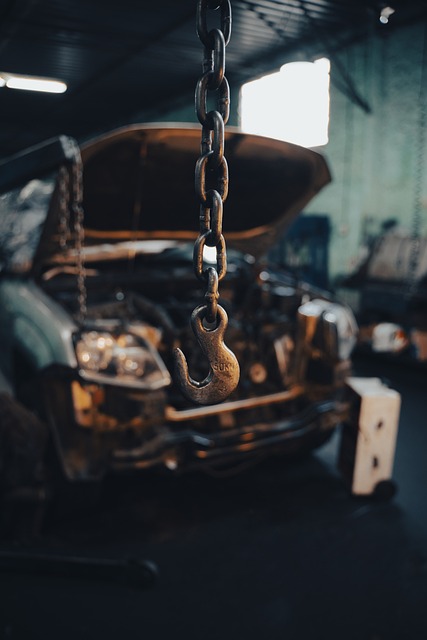TL;DR:
For matte finish collision repair, technicians meticulously assess damaged vehicles using tools, X-ray tech, and CAD software, creating a detailed repair plan. Preparation involves sanding, cleaning, and priming for optimal paint application. Safety inspections are vital, including PPE, vented spaces, and functional, calibrated tools to prevent accidents. Modern practices explore alternatives like tire services and paintless dent repair for minimal finish impact, especially on high-end vehicles like Mercedes Benz.
“Uncover the meticulous process of pearl finish collision refinishing, a delicate art in matte finish collision repair. This comprehensive guide delves into the safety measures that transform damaged surfaces into pristine examples. From initial preparation and understanding unique pearl finishes to post-refinishing care, each step ensures optimal results. Discover the importance of safety checks, protective gear, and ventilation to create an environment conducive to precise craftsmanship. Explore sanding techniques, coating applications, and curing times, ultimately revealing a process that combines skill and caution for long-lasting protection.”
Preparation and Assessment
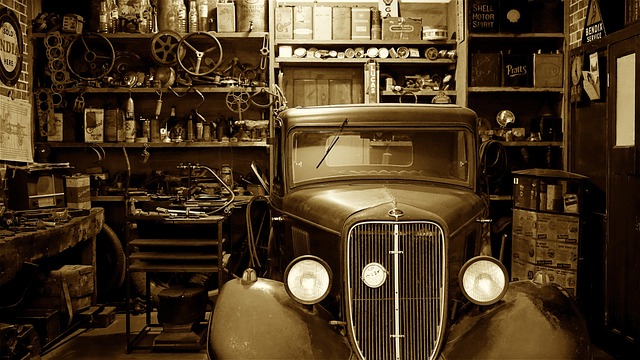
Before any work begins on a matte finish collision refinishing project, meticulous preparation and assessment are paramount. This initial phase involves a thorough inspection of the damaged vehicle to determine the extent of repairs needed. Skilled technicians use specialized tools to assess not just visible dents and scratches but also underlying damage that might be concealed. X-ray technology and computer-aided design (CAD) software may be employed to gain a complete picture, ensuring every issue is addressed accurately. Once the assessment is complete, a detailed plan for the auto repair services is developed, outlining each step from car dent repair to final polishing.
Proper preparation includes not just fixing the physical damages but also preparing the surface for the precise application of new paint. This may involve sanding, cleaning, and priming to create a smooth base. The environment is carefully controlled to prevent contamination, with work areas kept clean and dust-free. These measures ensure that the final car paint repair meets the highest standards of quality, resulting in a seamless and durable matte finish that enhances the vehicle’s aesthetics without compromising safety or structural integrity.
– Understanding the Pearl Finish
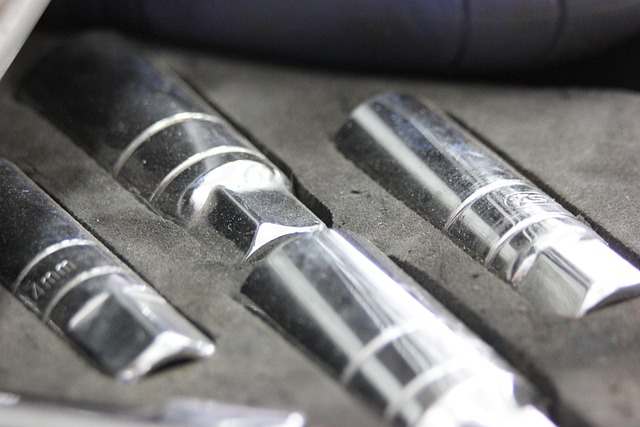
Pearl finishes are a type of automotive paint job that offers a unique and sophisticated appearance. Unlike matte finishes, which can be easily mistaken for dull or damaged, pearl coatings have a distinct glow and depth due to their intricate micro-pigment composition. This finish is highly desired by car enthusiasts and collectors alike, especially for luxury brands like Mercedes Benz repair. However, it also requires meticulous care during the collision refinishing process to preserve its beauty and integrity.
When dealing with pearl finish collision repair, auto dent repair technicians must be well-versed in the material’s properties. Unlike conventional matte finishes, repairing a pearl-coated vehicle demands specialized techniques and products to match the original appearance accurately. Vehicle dent repair experts will take extra steps to ensure minimal scuffing or distortion of the intricate patterns, as these can significantly impact the overall aesthetics. This level of attention to detail is crucial for achieving a flawless, like-new finish, especially in high-end Mercedes Benz repair cases where precision and quality are paramount.
– Safety Checks Before Starting
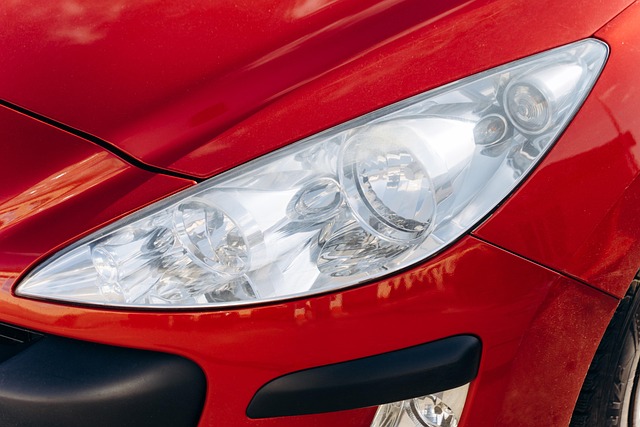
Before beginning any pearl finish collision refining process, a thorough set of safety checks is imperative to ensure both the integrity of the vehicle and the well-being of the refinisher. This includes inspecting the car for any loose debris or sharp edges that could cause injury during the intricate process. Personal protective equipment (PPE) such as gloves, goggles, and respirators are mandatory to safeguard against paint fumes and tiny particles. The work area should be well-ventilated to minimize the risk of inhalation hazards, a common concern in automotive collision repair.
Additionally, checking the functionality of tools and equipment used in matte finish collision repair is crucial. This involves verifying that machines are properly calibrated and in good working order, minimizing the potential for errors or accidents. Tire services and paintless dent repair techniques should be considered as alternatives where applicable to reduce the impact on the vehicle’s finish, aligning with modern trends in automotive collision repair.
In the realm of matte finish collision repair, ensuring safety is paramount. By thoroughly understanding the pearl finish and conducting meticulous safety checks, professionals can expertly navigate the refining process. These stringent measures safeguard both the vehicle and the technician, resulting in a flawless, safe restoration that enhances the car’s aesthetic appeal.


